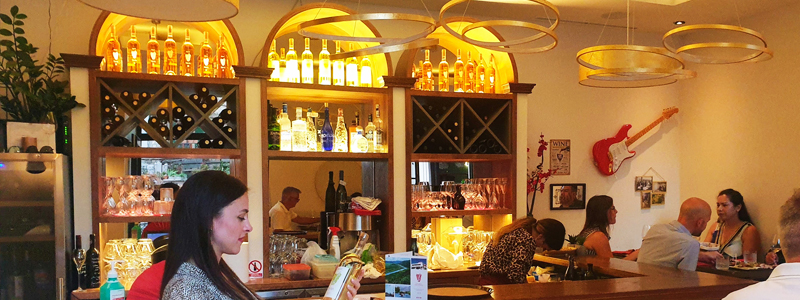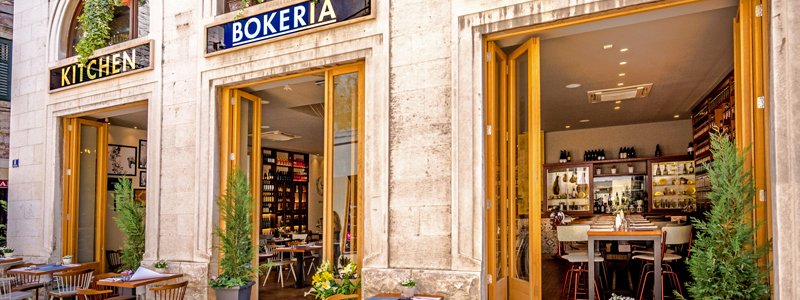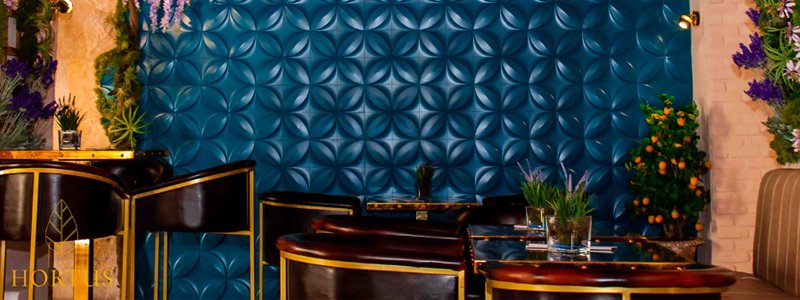How the pursuit for the origins of Californian Zinfandel saved Dalmatian grape varieties
When Croatian winemaker and enologist Miljenko ‘Mike’ Grgić first moved to California’s Napa Valley in 1958, he quickly realized that the local Zinfandel grapes looked a lot like Plavac Mali grapes that he grew back home in Pelješac. It would take another thirty years before he met grape geneticist Carole Meredith from University of California, Davis who took up Grgich’s advice to test Dalmatian grape varieties for genetic similarities to the Californian Zinfandel.
Meredith’s joint research with the University of Zagreb revealed that not only were Zinfandel and Plavac Mali genetically related, but, surprisingly, that the former was the parent to the latter! The most popular Dalmatian grape Plavac Mali, was thus discovered to be a genetic child of Zinfandel and an ancient Dalmatian variety Dobričić, the latter mostly surviving on the island of Šolta.
The pursuit of the origins of Zinfandel continued, and after a century-long search, genetics revealed in 2001, that Zinfandel was genetically matched to the obscure grape variety Crljenak Kaštelanski, which was at the time nearly extinct and found in only 9 samples from the vineyard of Ivica Radunić in Kaštel Novi. It was also discovered that the Apulian variety Primitivo was also genetically the same wine, having crossed the Adriatic Sea sometime in the 1700s or 1800s.
Following these discoveries a further 16 saps were found in the surroundings of Split, but it was a single vine growing in the garden of an elderly lady in the village of Svinišće that would reveal the final piece of the mosaic. Namely, that the grapes known as Crljenak, Zinfandel and Primitivo are all, in fact, an ancient variety Tribidrag, grown in the region as early as the Middle Ages. A document found in the trade archives of Venice recording a sale of a single barrel of Tribidrag wine, that was to be shipped from Venice to Apulia in 1488.
The results of Meredith’s research brought Dalmatian varieties to the international stage and gave Dalmatian wine-making a new impetus that saved the local grape varieties like Crljenak and Dobričić from near extinction. Dobričić, for example, was first bottled commercially only in 2006, while Crljenak/Tribidrag was so rare that it survived in only 25 saps, but is now produced by more than 15 wineries which are growing more than half a million of saps.
Other authentic Dalmatian wines and grape varieties
The genetic progeny of Crljenak/Tribidrag and Dobričić is Plavac Mali, the most popular red wine variety in Croatia. It is thought that is surpassed its parents in popularity after it was found to be more resistant to peronospora, the dreaded grapevine disease that wiped out Dalmatian wine industry in the late nineteenth century. Particularly highly regarded varieties of Plavac Mali come from grapes grown on the peninsula of Pelješac, on locations such as Dingač and Postup, with which some wine-makers brand their bottles.
Notable is also the red grape variety Babić, grown in the terraced areas above Primošten and considered by many Croatian enologists to be the country’s finest wine. Though Babić is not as commercially available as the rest of the wines in this article.
Authentic Dalmatian white wine varieties are mostly associated with the islands of central Dalmatia. They include Pošip grown on the southern side of the island of Korčula, Grk grown in the surroundings of the village Lumbarda on Korčula, Bogdanuša produced over the deep, fertile soil of Stari Grad plain on Hvar, and Vugava, considered to be one of the oldest indigenous grapevine species in the region, which is cultivated mostly around the town of Komiža on the island of Vis.
Wine Bars in Split
Though Dalmatian wines are widely available in shops, from regular supermarkets to specialized wine and delicacies shops, the experience of enjoying a wine under the guidance of a professional connoisseur is unmatched. Though many restaurants in Split now boast with extensive wine lists, not many places in town offer the more obscure local varieties. This is why we compiled this list of four dedicated wine bars in the city of Split, where you can enjoy a bottle or glass of Tribidrag, Dobričić or Plavac Mali, in the relaxed, soothing atmosphere of some of the coolest places in town.

Tucked away halfway between Pjaca and Fruit Squares, on the otherwise busy pedestrian Marulićeva Street, Zinfandel are one of the pioneers of the wine bar scene in the city of Split and beyond. It is named after the grape made famous by the Californian vineyards, whose origins have been traced to the still-surviving grape varieties found in the surroundings of medieval Split by the modern genetic research. Zinfandel has a truly impressive wine list featuring over a hundred wines sold by the bottle and another thirty or so available by glass. Hand-in-hand with their splendid wine list is their À la carte menu focused on seasonal ingredients and the staples of Mediterranean cuisine.
MoNIKa’s Wine Bar

MoNIKa’s is a cozy wine-bar located on the edges of Varoš, the great suburb of the early modern Split. Named after its two owners, Monika and Nikola, the wine bar features high-quality wines of Monika’s wine-making family Prović, from the great Neretva Valley, halfway between Split and Dubrovnik. MoNIKa’s offer a variety of wines by glass, as well as by bottle, and some fine Dalmatian cured meats and hard cheese to go along with the grape-goods. Top it off with some knowledgeable and hospitable staff ready to assist you with some helpful suggestion for a perfect evening in the comforting company of some fine Dalmatian wines.
Bokeria Kitchen & Wine Bar

Named after Barcelona’s world famous La Boqueria market, Bokeria is one of the first establishments in the city that sought to combine the concept of a high-end restaurant and a wine bar. Notable for its spectacular interior design that has made it one of the most recognizable locations in the city, as well as a regular destination for international celebrities visiting Split, Bokeria’s signature take on the pan-Mediterranean cuisine and its extensive wine list promises a good time for all wine lovers, even if you are just visiting for a glass or two of some of the finest Dalmatian wines and a plateful of Dalmatian cheese and prosciutto.
Hortus Split

Located in the corner of the picturesque Mihovilova Širina square, just a few yards away from the iconic Riva Promenade and the Fruit Square, Hortus is Split’s first dedicated wine & champagne bar. A successor to the now-defunct La Bodega, Hortus boasts with an eye-popping interior design and a large selection of local and imported wines & champagnes, as well as a number of signature cocktails. Less wine-centric than the rest of the places on this list, Hortus is a great choice for those looking to enjoy a glass of wine in a